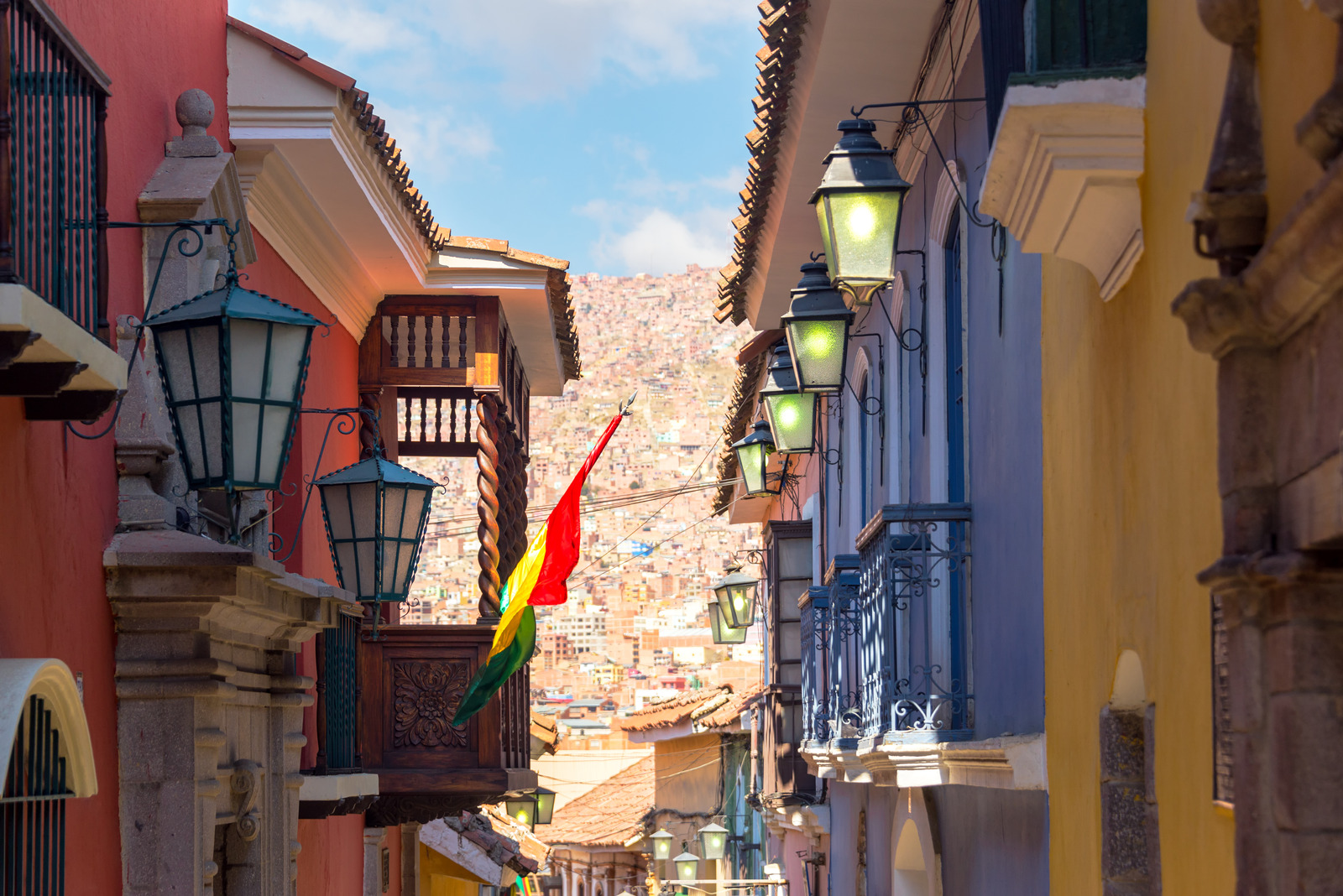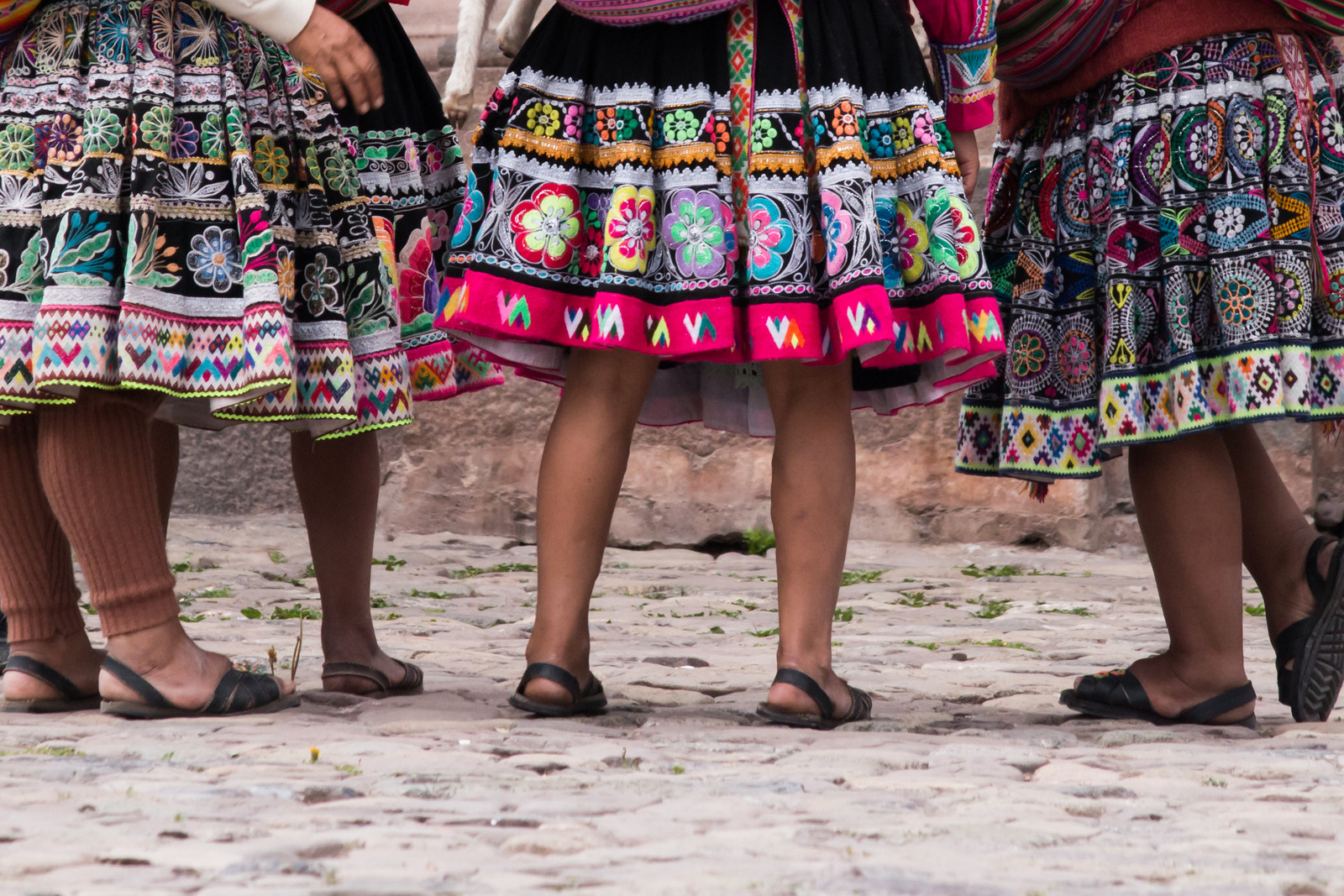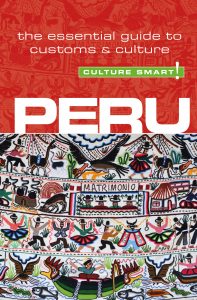Wednesday Wanderlust
10 Cultural Tips and Facts From South America
All the following cultural tips and facts are taken straight from five of our many guides within the South American region. The titles used within this blog post include: Argentina, Bolivia, Brazil, Chile, and Peru.

- Be careful with gestures when visiting South America. In Argentina, the “thumb and forefinger circle” gesture stands for OK – unlike in neighbouring Brazil, where it is vulgar and offensive. The “thumbs up” gesture can be used freely as it also stands for OK.
- Whether in the afternoon or in the morning, facturas are a must. The delicious pastries come in various shapes with different fillings such as custard, cream, and jam. Media lunas (croissants,) are perhaps the most common facturas usually accompanied by a cup of coffee, tea, or hot chocolate. Be aware facturas is also the Spanish word for “invoice”.

- The diablada is the central dance of a Bolivian carnival. The dance represents a mass movement of “devils” of dual origin. The Christian version, Satan or Lucifer, is merged with the indigenous mountain spirit Supay. There are many different elements involved within the dance that incorporates Bolivia’s European, Indigenous and African heritage.
- Do not wait to be seated at a restaurant in Bolivia and remember that it is customary to leave a tip of ten percent at restaurants. Tipping is not usual in taxis and other situations except in recognition of, particularly good service.

- The Brazilian saying, o mundo trata melhor quem se veste bem (“the world treats people better when they dress well”) reflects that the Brazilians care a good deal about appearances and not simply about what to wear. Look as attractive, young, and fit as you can!
- Jeitinho is the Brazilian means of dealing creatively with life’s everyday complications. Literally translated as “a little way,” it can be taken to mean “there has to be another way”. Managing to get a seat when all the places are booked up, travelling with more luggage than is allowed or successfully ordering something which isn’t on the menu are all examples of jeitinho..

- When invited for dinner, bring flowers for the hostess and a bottle of wine or a cake. If you’re invited for a weekend out in the country, choose a more suitable gift, for instance a decorative object for the house.
- Chileans value good manners and are generally quite discreet. If you are invited to a party, try to meet everybody briefly before starting longer conversations with some of the guests. If possible, start with the older members.

- Like many South American countries, “Hey, Gringo!” is a quite a common call directed at any recognisable foreigner walking down the street, usually by children or young men. This is not an unfriendly sign, more a show of welcome and acknowledgement, perhaps that you have chosen to visit their neighbourhood.
- Spanish speakers don’t usually say “please” (por favour) and “thank you” (gracias) as much as English speakers. A direct translation of a request for something may come across quite abrupt, almost rude, with no “please” or “thank you” attached to it, but no offense is meant.

You can view our new CultureSmart! guides below, or visit out shop @ http://culturesmartbooks.co.uk/shop/
Get 50% off ALL CultureSmart! Guides with discount code: SUMMERCS50




